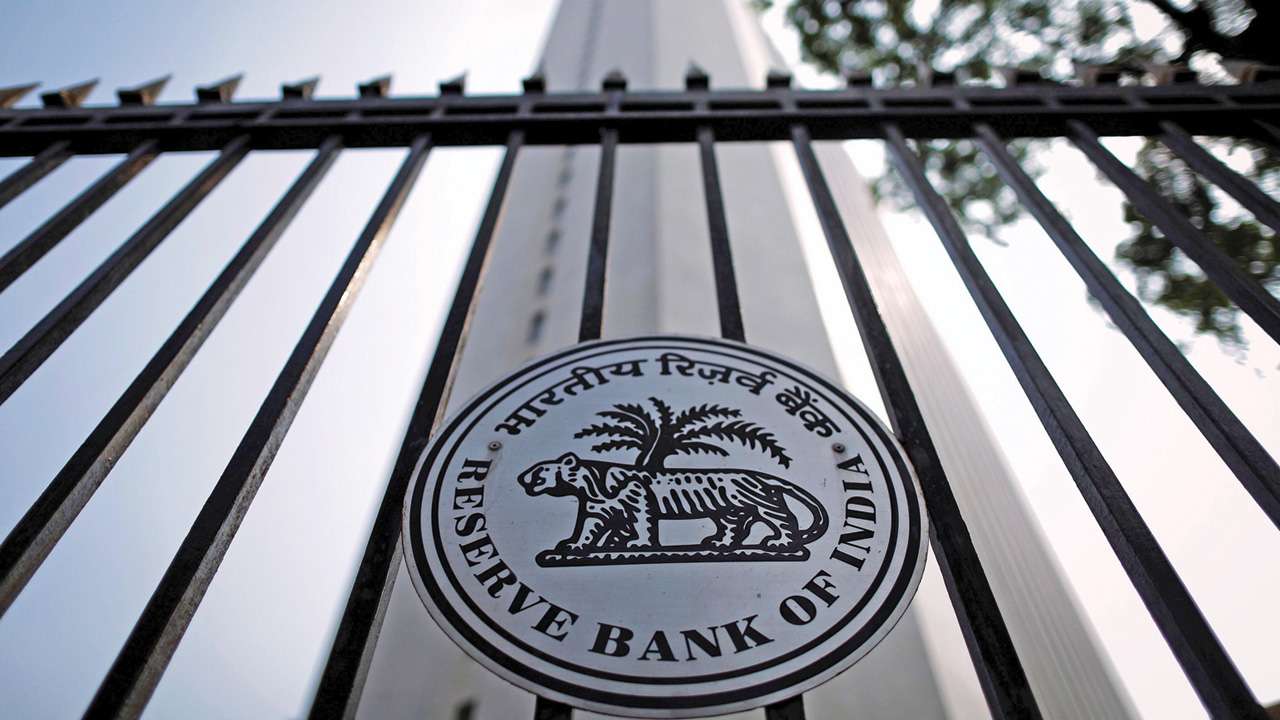
As we continue to be in the throes of a demand recession, there is a consensus that the current high real interest rates are acting as an impediment to investment and growth. As the retail inflation continues to remain much below the stated targets, the Reserve Bank of India (RBI) looks comfortable to reduce the interest rates in the fresh round of monetary policy review slated for the next week.
What is troubling the policymakers is the slow-paced rate transmission. Since February, RBI has reduced the policy repo rate by 50 basis points, but the median rate of all banks (one-year marginal cost of funds based lending rate) indicates a transmission of only 6 basis points, according to a report by the research wing of State Bank of India (SBI). It suggested that the banks' asset-liability needs to move in tandem and ensure the repo rate is directly benchmarked to external benchmark/non-volatile bank liabilities/CASA (current account savings account). In the absence of these, we may continue to be constrained by lack of transmission, despite regular cuts by the central bank.
Another vital issue is that RBI needs to ensure that liquidity is abundant. Now that the elections are over, capital flows are likely to pick up significantly, helping the foreign exchange kitty grow, and in the process, aiding the much-needed liquidity boost in the domestic market.